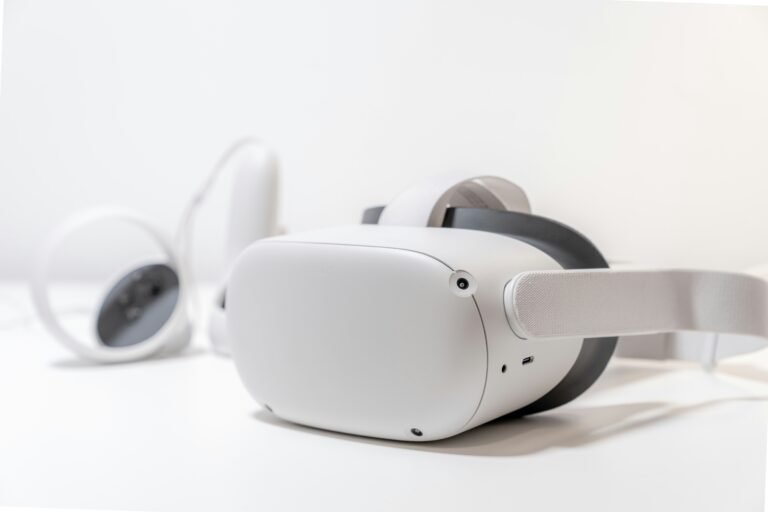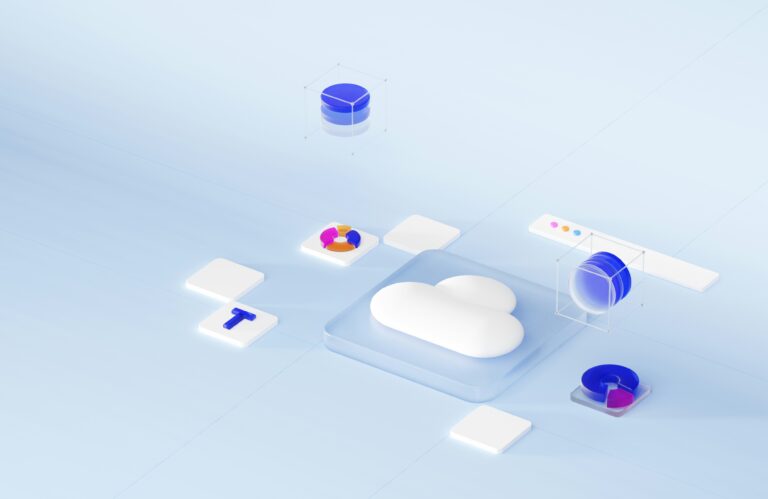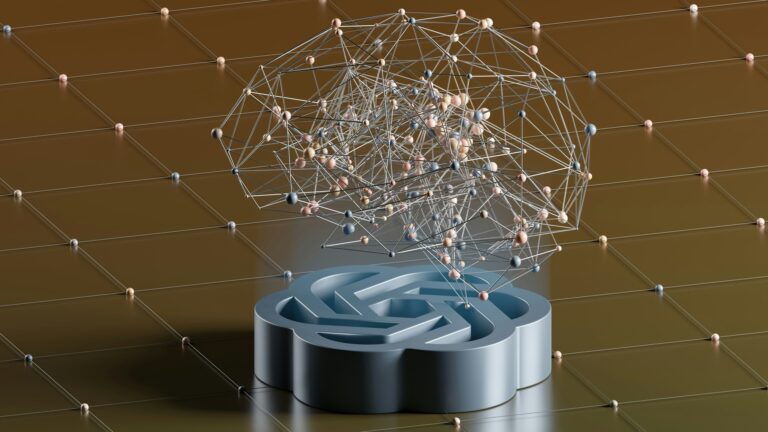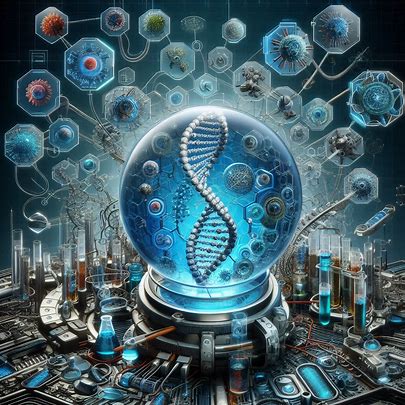
Introduction
Imagine bacteria designed to produce life-saving medicines, crops engineered to thrive in harsh climates, or microbes cleaning up oil spills with precision. This is the realm of synthetic biology, a groundbreaking field that blends biology, engineering, and technology to redesign or create new living systems. By reprogramming the building blocks of life, synthetic biology is unlocking solutions to some of humanity’s biggest challenges, from healthcare to environmental sustainability. This article explores what synthetic biology is, how it works, its real-world applications, current trends, and its potential to shape a brighter future, all in an engaging and accessible way.
What is Synthetic Biology?
Synthetic biology is the science of designing and constructing new biological systems or redesigning existing ones for specific purposes. It combines principles from biology, chemistry, engineering, and computer science to manipulate organisms at the molecular level, often by altering their DNA. Unlike traditional genetic engineering, which makes small tweaks to existing organisms, synthetic biology aims to create standardized, modular biological parts or entirely new organisms.
Key Concepts of Synthetic Biology
- DNA as Code: DNA is treated like a programming language, with genes as instructions that can be edited or rewritten.
- Standardized Parts: Synthetic biologists create “BioBricks,” reusable genetic components that function like LEGO blocks for building biological systems.
- Synthetic Genomes: Entire genomes can be synthesized to create organisms with custom traits.
- Engineering Approach: Synthetic biology applies engineering principles, like modularity and scalability, to biology.
For example, scientists can insert a gene into bacteria to produce insulin, turning them into tiny factories for medicine.
How Synthetic Biology Works
Synthetic biology follows a systematic process to design and build biological systems:
- Design: Scientists identify a goal (e.g., producing a biofuel) and design genetic sequences using computational tools.
- Synthesis: DNA sequences are synthesized in the lab, often using machines that “print” custom DNA strands.
- Assembly: These sequences are inserted into a host organism, like bacteria or yeast, using techniques like CRISPR gene editing.
- Testing: The modified organism is tested to ensure it performs the desired function, such as producing a specific protein.
- Iteration: The system is refined through multiple cycles to optimize performance and safety.
For instance, to create a bacteria-based biofuel, scientists might design a gene pathway, insert it into E. coli, and test whether the bacteria produce the fuel efficiently.
Real-World Applications of Synthetic Biology
Synthetic biology is transforming industries by offering innovative solutions to global challenges.
Healthcare
Synthetic biology is revolutionizing medicine by creating new treatments. For example, engineered bacteria produce insulin for diabetes patients, reducing costs compared to traditional methods. Companies like Amyris use synthetic biology to develop malaria drugs, such as artemisinin, at scale. Synthetic biology also enables personalized medicine, like CAR-T cell therapies, where a patient’s immune cells are reprogrammed to fight cancer.
Environmental Sustainability
Synthetic biology tackles environmental issues like pollution and climate change. Microbes engineered by companies like LanzaTech convert industrial waste gases into biofuels, reducing emissions. Other organisms are designed to break down plastics or clean up oil spills, offering eco-friendly alternatives to chemical processes.
Agriculture
Synthetic biology enhances crop resilience and yield. For instance, researchers have engineered crops to resist drought or pests, reducing pesticide use. The startup Pairwise uses gene editing to create seedless fruits or allergen-free nuts, improving food accessibility and safety.
Food Production
Lab-grown meat, produced by companies like Impossible Foods, relies on synthetic biology to mimic animal proteins using engineered microbes or plant-based systems. This reduces the environmental impact of traditional livestock farming.
Industrial Applications
Synthetic biology creates sustainable materials. Bolt Threads engineers yeast to produce spider silk proteins, used in eco-friendly fabrics. Other applications include bio-based chemicals for cosmetics or adhesives, reducing reliance on petroleum.
From breaking news to market moves — timing is everything. Learn how to trade with precision.
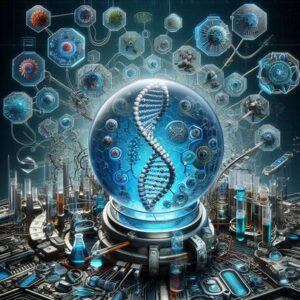
Current Trends in Synthetic Biology
As of June 2025, synthetic biology is advancing rapidly, driven by technological breakthroughs and growing investment. Here are key trends:
CRISPR and Gene Editing
CRISPR technology has made gene editing faster, cheaper, and more precise, accelerating synthetic biology projects. Startups like Beam Therapeutics use CRISPR to develop therapies for genetic diseases, such as sickle cell anemia.
Synthetic Genomes
Scientists are creating fully synthetic genomes for organisms. In 2023, the J. Craig Venter Institute synthesized a minimal bacterial genome, paving the way for custom-designed microbes with tailored functions, like producing biofuels or drugs.
Automation and AI Integration
AI and automation streamline synthetic biology workflows. Machine learning designs optimal genetic sequences, while robotic labs, like those at Ginkgo Bioworks, automate testing, scaling up production of bioengineered products.
Biosecurity and Regulation
As synthetic biology grows, so do concerns about misuse, such as creating harmful organisms. International frameworks, like the Synthetic Biology Safety Guidelines, are emerging to ensure ethical practices and biosecurity.
Sustainable Bioeconomy
Synthetic biology is central to the bioeconomy, producing sustainable alternatives to fossil-based products. Governments are investing heavily, with the U.S. and EU funding biofoundries—facilities for rapid prototyping of synthetic organisms.
Benefits of Synthetic Biology
Synthetic biology offers compelling advantages:
- Innovation: Enables novel solutions, like bio-based medicines or eco-friendly materials.
- Sustainability: Reduces environmental impact through biodegradable products and renewable resources.
- Scalability: Engineered organisms can produce large quantities of valuable compounds.
- Precision: Targeted genetic modifications improve efficiency and safety.
- Accessibility: Low-cost production of drugs and food can benefit underserved regions.
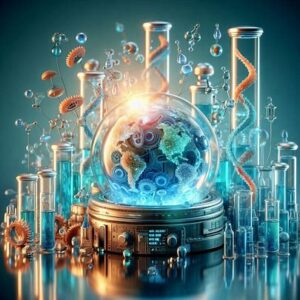
Challenges of Synthetic Biology
Despite its potential, synthetic biology faces hurdles:
- Ethical Concerns: Altering life raises questions about “playing God” or unintended ecological impacts.
- Biosecurity Risks: Engineered organisms could be misused, requiring strict oversight.
- Regulatory Gaps: Global regulations lag behind rapid advancements, complicating commercialization.
- Public Perception: Misunderstandings about synthetic biology may hinder acceptance.
- Technical Complexity: Designing stable, safe organisms requires overcoming biological unpredictability.
Addressing these challenges demands collaboration between scientists, policymakers, and the public.
The Future of Synthetic Biology
By 2030, synthetic biology could transform multiple sectors:
- Global Health: Affordable, scalable therapies for diseases like cancer or HIV.
- Climate Solutions: Microbes engineered to capture carbon or produce green energy.
- Food Security: Resilient crops and lab-grown proteins to feed a growing population.
- Space Exploration: Synthetic organisms to produce food or oxygen for long-term missions.
Public education, ethical guidelines, and investment in safety will ensure synthetic biology’s benefits are realized responsibly.
Conclusion
Synthetic biology is a powerful fusion of science and engineering, redefining what’s possible by reprogramming life itself. From life-saving medicines to sustainable materials, its applications are vast and transformative. As trends like CRISPR, AI integration, and sustainable bioeconomies drive progress, synthetic biology promises a future where biological solutions address humanity’s greatest challenges. By navigating ethical and technical hurdles, this field can create a world that’s healthier, greener, and more equitable, harnessing the power of life for the greater good.
